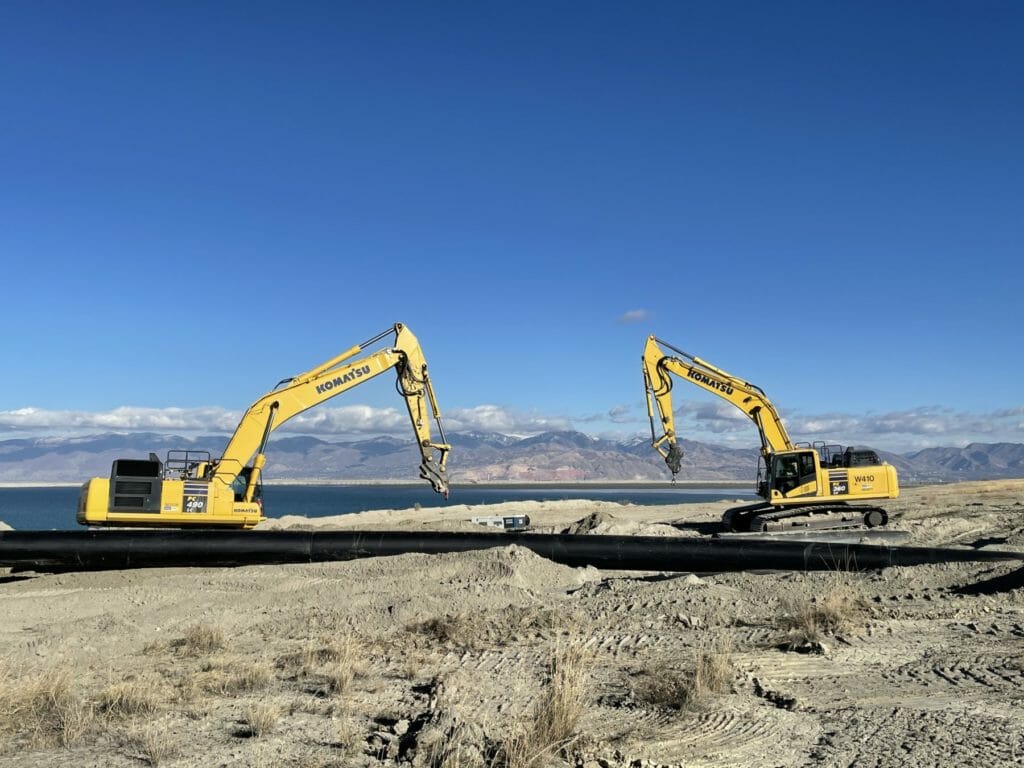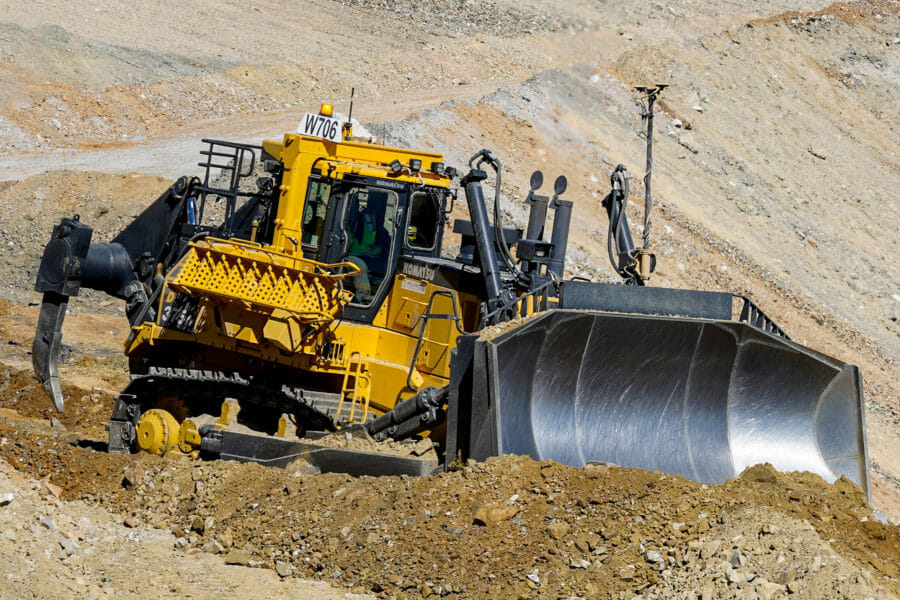
Augmented reality provides a digital overlay of real-world views to interpret, understand, and construct projects using various data points and site personnel. AR’s detailed design information includes precise 3-D drawings, site analysis, productivity statistics, and safety warnings.
As AR technology matures, it has the ability to transform the entire future of construction. Wollam Construction, a heavy civil contractor, gathered details about augmented reality’s current role in the construction industry and what you can expect to see in the coming years.
How Augmented Reality Works
Augmented reality combines real and digital environments for a completely immersive experience. AR uses GPS and camera technology to display 3D imagery of surrounding physical environments, using specialized equipment, including mobile devices and helmets.
AR unit capabilities include presenting accurate data geospatially while updating and displaying the information as it moves. Users can also find information like schedules, operational details, and structural plans using AR technology, which helps automate construction processes in real-time.
How is AR Used in the Construction Industry
Augmented reality in construction depends on the real-time information feature to boost project efficiency, improve employee safety, streamline collaboration, manage costs, and improve client confidence. Here are some of the functions of augmented reality that heavy civil contractors are currently using:
Project Design and Development
Augmented reality allows designers in heavy civil construction to understand the job site and project needs more in-depth. AR displays the environmental and social impacts visually while showcasing the result on a detailed level.
Using AR, designers, architects, contractors, and clients can collaborate, using models that fully showcase the project. Clients can then make decisions based on the current plan and adjust as needed.
Accurate Measurements
Augmented reality technology can measure project elements, including depth, height, and width of a space. By incorporating augmented reality in design models, a heavy civil contractor team will accurately determine dimensions and comprehensively display how the project will look once complete.
These measurements also allow contractors to accurately determine the necessary labor hours and materials needed for the project, which cuts costs.
Real-Time Revisions
One of the most useful advantages of using augmented reality in construction is seeing how design features fit the site before implementing them. This technology increases project visibility, which in turn improves material and labor estimates.
Workers can automatically measure built pieces and compare them to the specified measurements from a model with on-site AR technology. These discoveries allow contractors to make on-site revisions when any inconsistencies appear.
Safety and Inspection
Improving project safety is an industry-standard among heavy civil contractor firms and a priority for Wollam Construction. Augmented reality software also improves job site safety. AR technology devices help transform job-site operations by accurately inspecting a site and comparing them against as-built structures. These features eliminate the traditional, time-extensive manual inspection process, which also saves time and cuts costs.
An inspector can use AR to capture photos on-demand or retrieve notes from location sites. This improved process helps identify compromised areas and other serious concerns instantaneously.
What to Expect of AR in Construction in the Future
As augmented reality evolves, easy-to-use applications will enhance the technology. From minimizing errors to offering insight, augmented reality in construction can effectively streamline the entire project lifecycle. Companies investing in this innovative technology are already enjoying the benefits.
One technology already seeing tremendous growth is AR headsets. In 2021, commercial AR headsets are projected to occupy 82.5 percent of the entire AR headset market. This updated AR technology will improve productivity by streamlining project assembly processes. Companies will soon discover that giving workers the information they need at their fingertips will increase project efficiency exponentially.
Although some construction firms have implemented AR already, we can expect more to join as the technology becomes more readily available. To learn how Wollam Construction’s, a heavy civil contractor, plans on using augmented reality technologies in the future, contact us.
Request a bid to get started designing your project.


